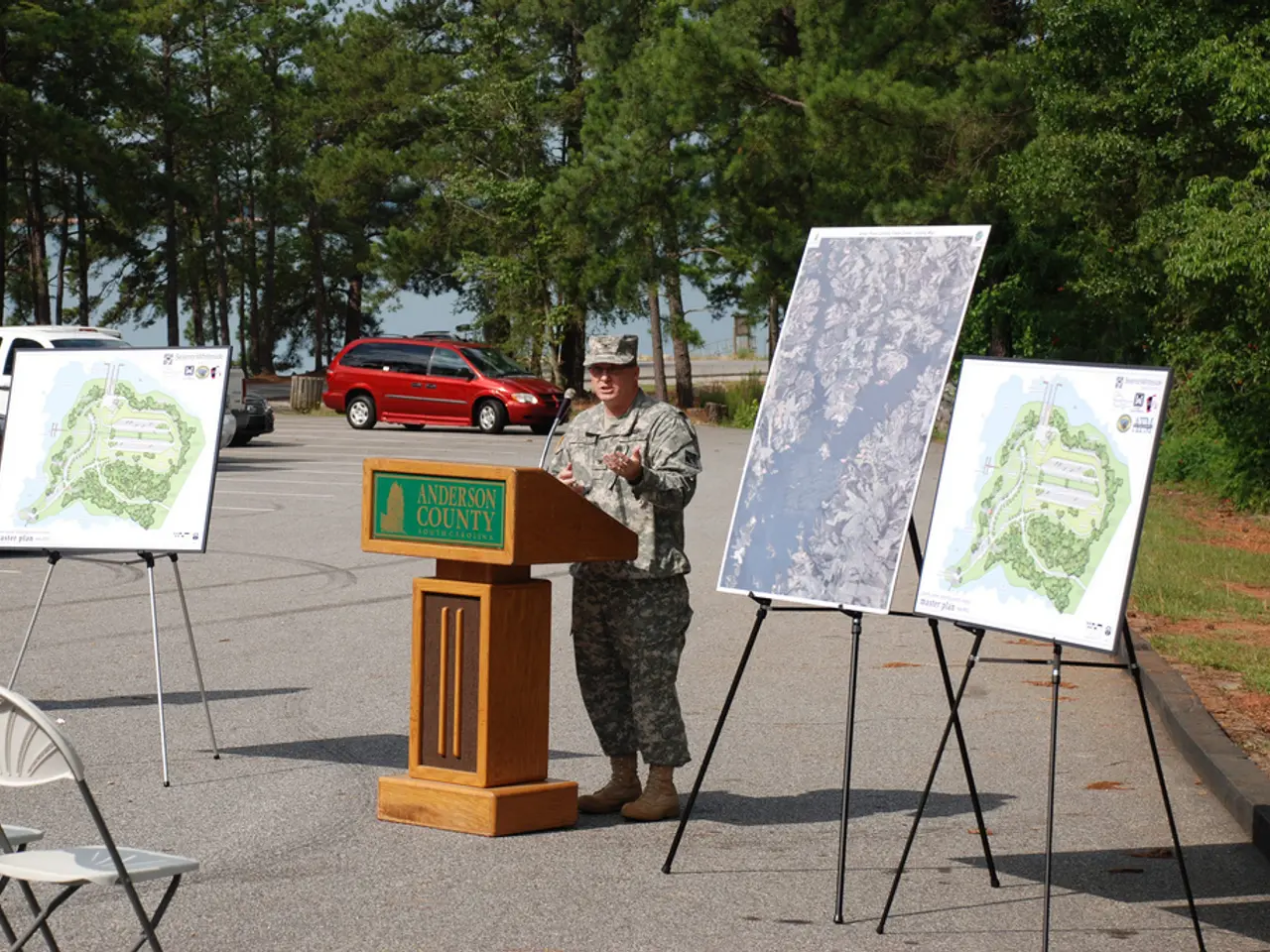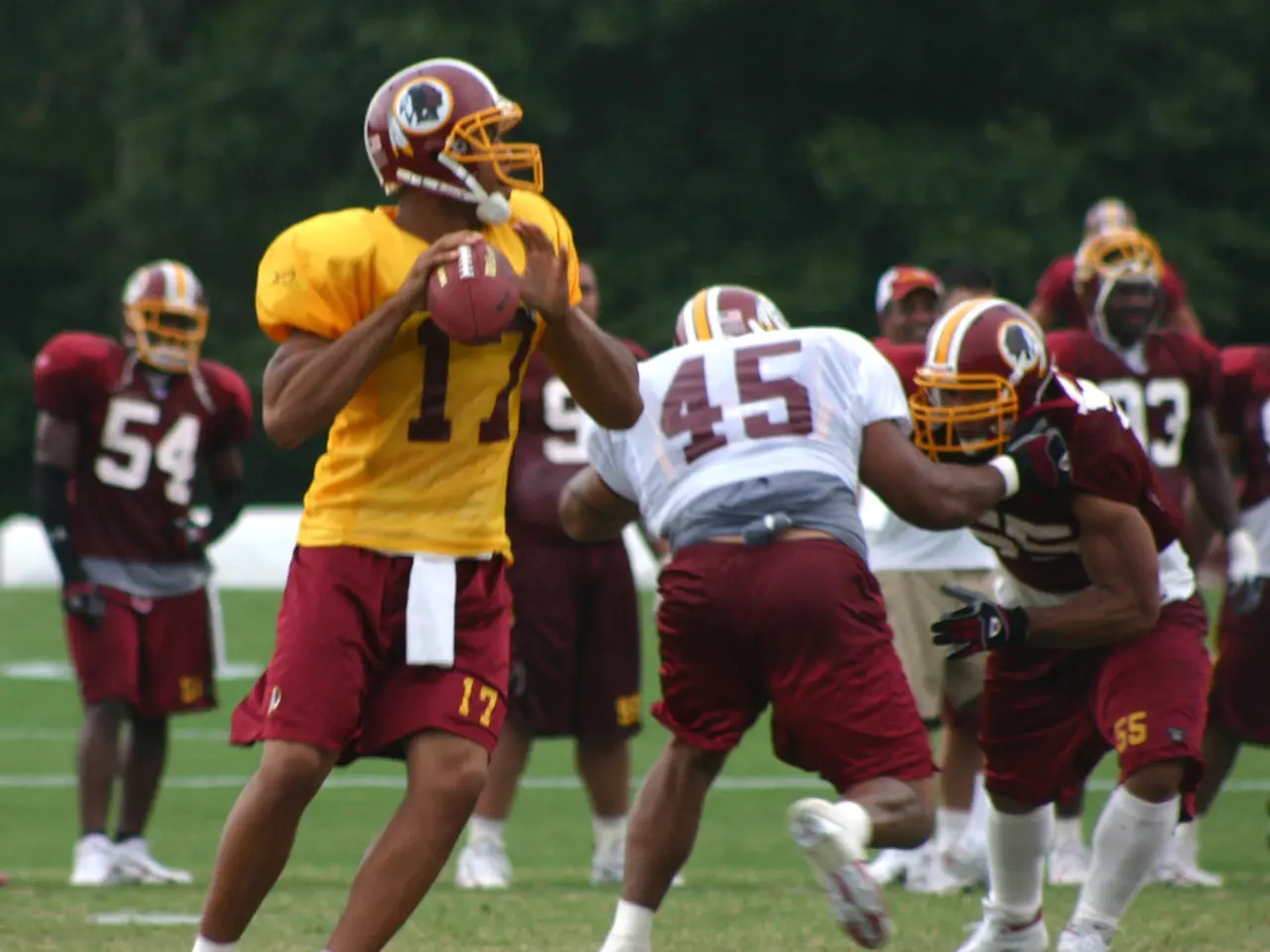Does Mastery in Motor Racing Enhance Road Safety?
In a recent driving experience event organised by Toyota Gazoo Racing (TGR), Kyonosuke Morita had the unique opportunity to learn driving techniques directly from professional racers. The event, detailed on the website Driving Experience, was also promoted on social media platforms like Facebook and (formerly) Twitter.
The key safety lessons from professional racers that apply to everyday driving focus on vehicle control, situational awareness, and mental discipline.
Racers, who can reach speeds of up to 300 km/h and perform maneuvers that may seem dangerous, have honed an acute sense of their vehicle’s behavior and surroundings. This heightened awareness helps them anticipate hazards and react smoothly rather than abruptly, a skill that is invaluable in everyday driving scenarios.
Moreover, training teaches racers to manage stress and maintain hyper-focused concentration under pressure. This mental discipline allows for better decision-making and micro-adjustments while driving, key for handling unexpected road conditions safely.
Professional racers also employ defensive driving techniques, such as maintaining safe distances and predicting other drivers’ moves, which are crucial for everyday road safety. Racers emphasize smooth steering, braking, and acceleration inputs to maintain vehicle stability and traction, a practice that translates to safer maneuvering on public roads, especially in adverse conditions.
Knowing how a vehicle responds at various speeds and in different maneuvers helps drivers avoid loss of control. Track instructors teach the "racing line" but also how to handle tight turns and high speeds safely, lessons that enhance everyday handling skills.
Technologies originating from racing, like paddle shifters for better gear control and systems that recover energy for improved efficiency, have trickled down to street cars, aiding smoother and safer driving.
Consistent practice under guided instruction builds habits that improve reflexes and confidence, reducing panic responses in real-world driving situations. Driver Takamitsu Matsui, who served as an instructor, hinted at the connection between safe driving and motorsports.
Participants in the driving experience event tried the slalom, full braking, and other situations that may seem removed from regular driving. They learned the importance of turning while the car's weight is shifted forward and how stopping distances differ when the brakes are hit hard.
In sum, professional racers teach that safe driving hinges on anticipation, smooth control, mental focus, and continuous learning—skills that everyday drivers can adopt to enhance safety on public roads. Tactical driving courses inspired by racing principles underscore the importance of emotional control, operational risk management, and vehicle mastery for all drivers.
Morita discovered that professional racers do not rely on superhuman talents, but a proper understanding of safety that applies to everyday driving. These lessons serve as a reminder that anyone can drive more safely on normal roads by adopting racing techniques.
Sports, such as racing, can help everyday drivers improve their driving skills by teaching them the importance of vehicle control, situational awareness, mental discipline, defensive driving techniques, and smooth handling inputs. Knowing how a vehicle behaves during high speeds and various maneuvers, like the racing line and tight turns, can help drivers avoid loss of control and stay safe on public roads.







